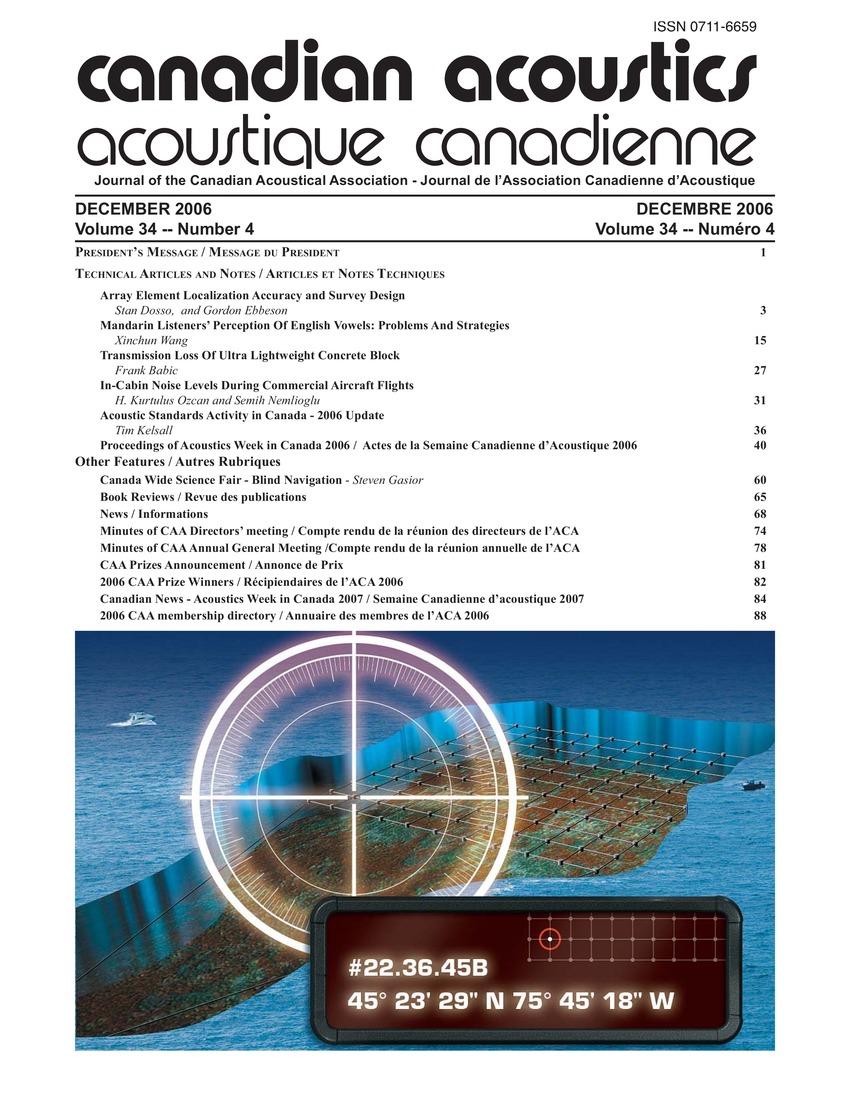Comparing cricket ears
Keywords:
Respiratory mechanics, Speech, Speech analysis, Carrier wavelength, Cricket, TracheaeAbstract
The basic differences in response activity of the male and female cricket and a comparison of their musical calls were investigated. It was observed that most crickets call at a carrier wavelength near 4kHz, which is 7 cm and longer than any cricket's body dimensions. It was also found that female crickets were able localize singing males despite having a small body to create useful side-to-side amplitude differences by body diffraction. It was observed that tracheae in the ear anatomy of the cricket are branching and interconnected tubes, reinforced by spiraled exoskeleton. They conduct respiratory gases throughout the insect body and are preadapted to conduct sound. A trachea runs bodyward along the leg to the prothoracic segment. The cross-body trachea, together with the two leg tracheae comprised an acoustic system, with four entry points for sound, enabling the female cricket to localize a singing male.Additional Files
Published
How to Cite
Issue
Section
License
Author Licensing Addendum
This Licensing Addendum ("Addendum") is entered into between the undersigned Author(s) and Canadian Acoustics journal published by the Canadian Acoustical Association (hereinafter referred to as the "Publisher"). The Author(s) and the Publisher agree as follows:
-
Retained Rights: The Author(s) retain(s) the following rights:
- The right to reproduce, distribute, and publicly display the Work on the Author's personal website or the website of the Author's institution.
- The right to use the Work in the Author's teaching activities and presentations.
- The right to include the Work in a compilation for the Author's personal use, not for sale.
-
Grant of License: The Author(s) grant(s) to the Publisher a worldwide exclusive license to publish, reproduce, distribute, and display the Work in Canadian Acoustics and any other formats and media deemed appropriate by the Publisher.
-
Attribution: The Publisher agrees to include proper attribution to the Author(s) in all publications and reproductions of the Work.
-
No Conflict: This Addendum is intended to be in harmony with, and not in conflict with, the terms and conditions of the original agreement entered into between the Author(s) and the Publisher.
-
Copyright Clause: Copyright on articles is held by the Author(s). The corresponding Author has the right to grant on behalf of all Authors and does grant on behalf of all Authors, a worldwide exclusive license to the Publisher and its licensees in perpetuity, in all forms, formats, and media (whether known now or created in the future), including but not limited to the rights to publish, reproduce, distribute, display, store, translate, create adaptations, reprints, include within collections, and create summaries, extracts, and/or abstracts of the Contribution.


